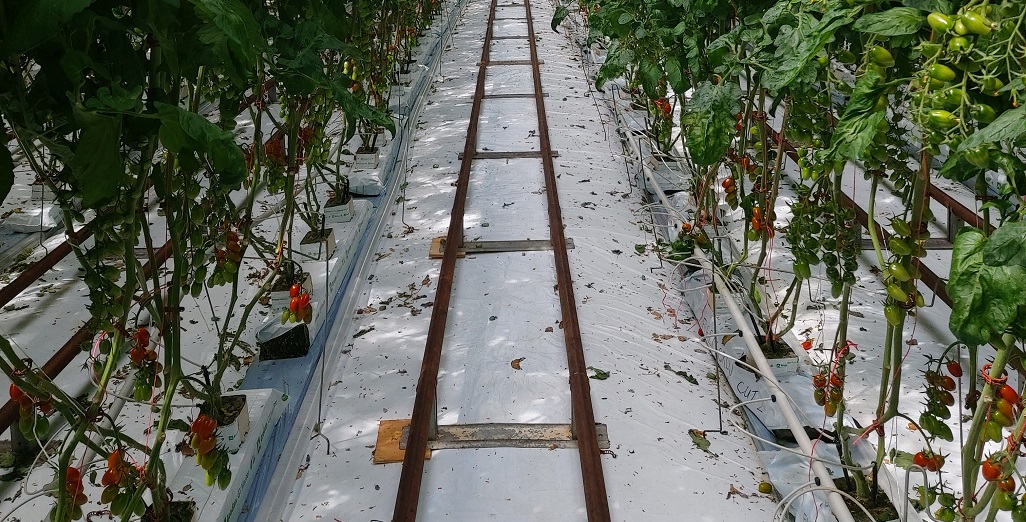Sign up here to subscribe to the Grower2grower Ezine. Every two weeks you will receive new articles, specific to the protected cropping industry, informing you of industry news and events straight to your inbox.
Dec 2021
Dealing with High Sodium

Collect Rain Water
High levels of sodium in bore water can be a major issue for growing in general. Properties that have multiple bores, at different depths, have been known to have differing amounts of sodium in them. A cucumber grower, that lives not too far from my old property, had constant issues with high sodium. This meant he had to run very low EC (electrical conductivity) in and out of the substrates as the plants would quickly ‘darken’ and show signs of stress.
This is problematic on several levels. Being restricted on what you can give your plants nutritionally is a compromise. It will require growing totally different on a property with high sodium levels compared to another property with low levels. Certain cultivars may be more susceptible to high sodium levels which may restrict what you can grow.
There a few ways you can deal with this issue. One way is to enquire into a reverse osmosis unit or another is to collect and store your rain water. The issue for smaller businesses is not just the initial investment of a reverse osmosis unit but also the waste water that has the high sodium levels you will need to dispose of. Most large operations have water storage ponds and therefore negate issues with bores with elevated sodium levels. It may however, become an issue in the summer if reservoirs become low and require a bore to top them up.
Capturing rain water and using these resources is always going to be a great option. Depending on the size of your operation you could either build a pond or I highly recommend using an option like the Flexi Tank water bladders for under two million litres. A perfect solution for smaller grower’s water storage.
If there is a drought, and you do not have enough water stored, it will be problematic. If you have to use water with elevated sodium levels due to a drought, then at least this is at a time of the year you can grow with a more vegetative approach and therefore lower EC levels, however, this is far from ideal. Another option may be to mix rain with bore water. There may be either a threshold for when you may consider mixing the fresh rain water, you have in your reservoir, with high sodium bore water to dilute the effect. This may also be an option all year round depending on the level of sodium in your bore water. Again, this is far from a perfect scenario but a potential short-term solution.
Water storage is a hot political topic, the major advantage we have in New Zealand is that it rains everywhere. There may or may not be droughts in the future, I don’t have a crystal ball but history would indicate they are common. Certainly, I would only consider growing using an insurance policy of stored rain water, even if I did not have high sodium levels in my bore it is still a great option.
There is an investment required but without a perfect source of water you will always be compromising and chasing your tail to grow effectively. If you don’t want this hassle then I highly recommend you collect your rain water.

Article written and compiled by Stefan Vogrincic
All Article’s checked and edited by Marie Vogrincic
I appreciate your comments. Please feel free to comment on the grower2grower Facebook page:
https://www.facebook.com/StefanGrower2grower/
CLASSIFIED
Subscribe to our E-Zine
More
From This Category
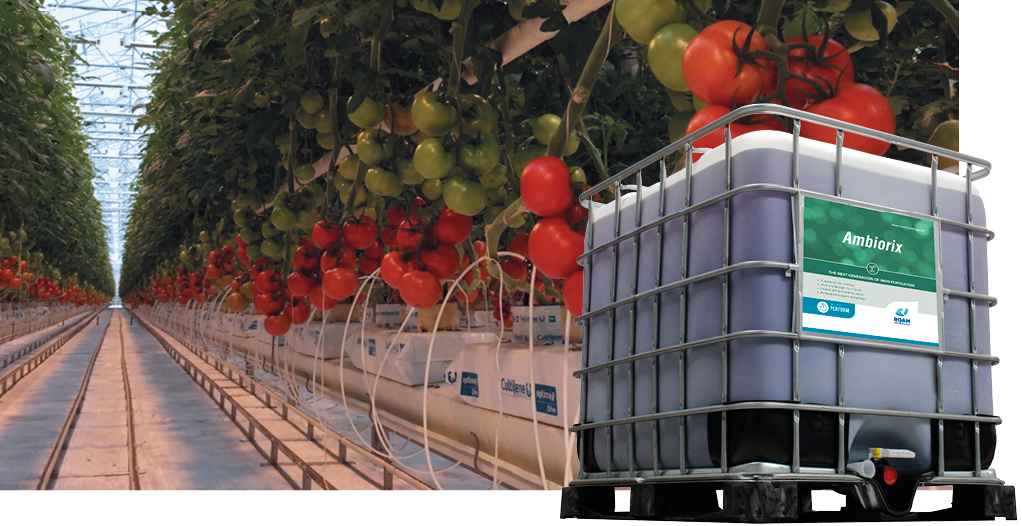
Less fertilisation and higher yields with Ambiorix iron polyphosphate

Bluelab Introduces OnePen™
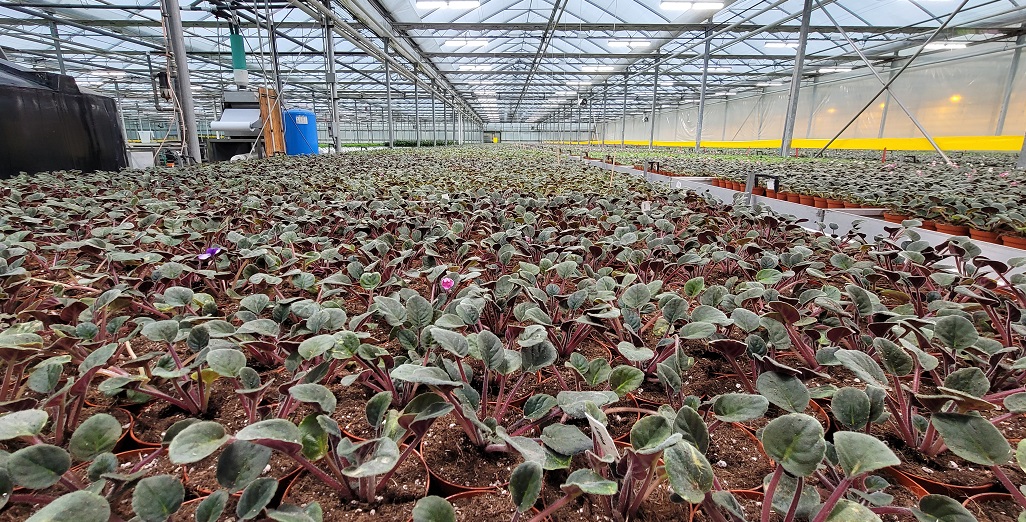
Free Webinar on Controlling Waterborne Pathogens in Greenhouses
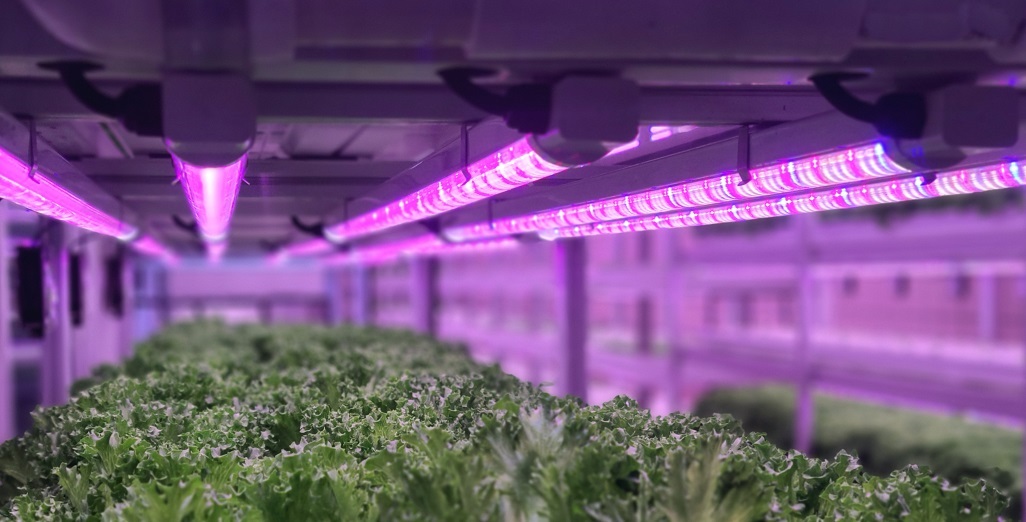
Whitepaper elaborates on safe recirculation of irrigation water
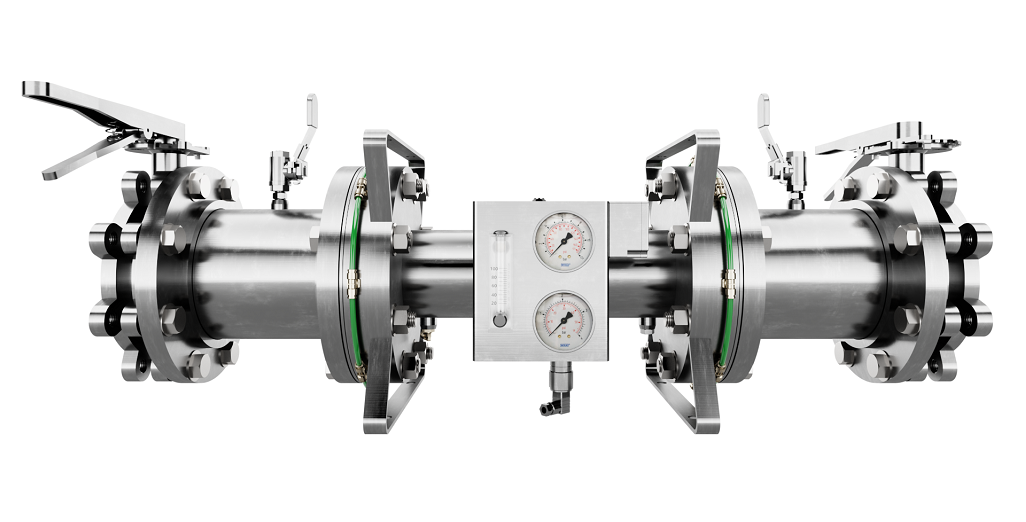
Introducing Moleaer’s Trinity: Revolutionizing Agriculture with Advanced Nanobubble Technology
